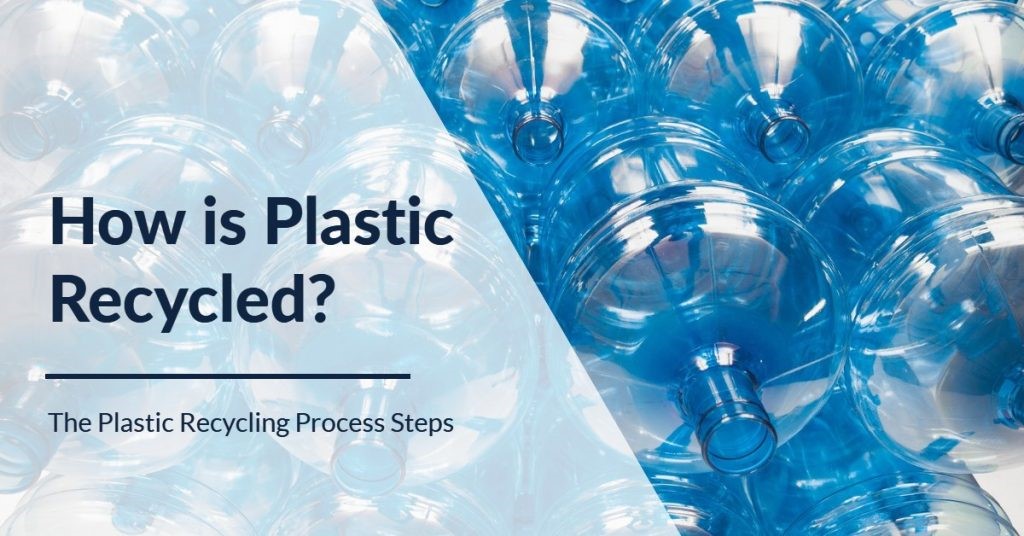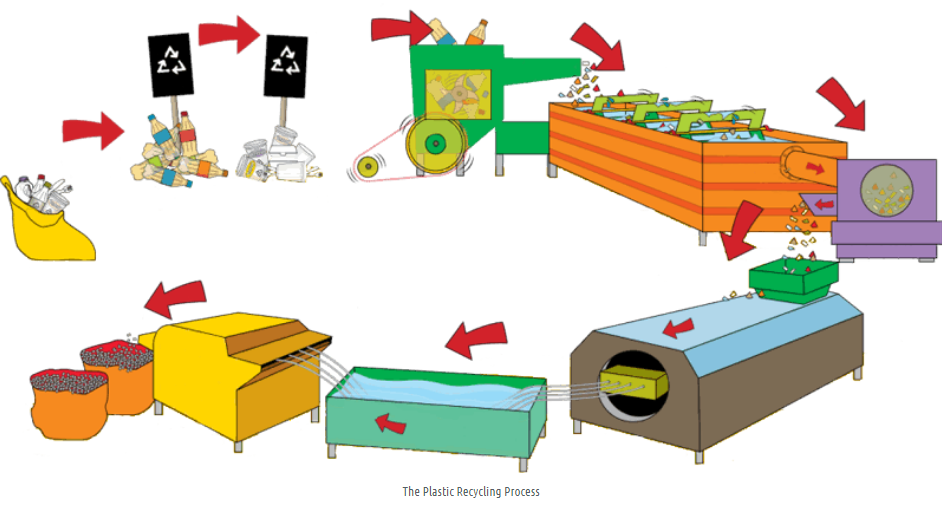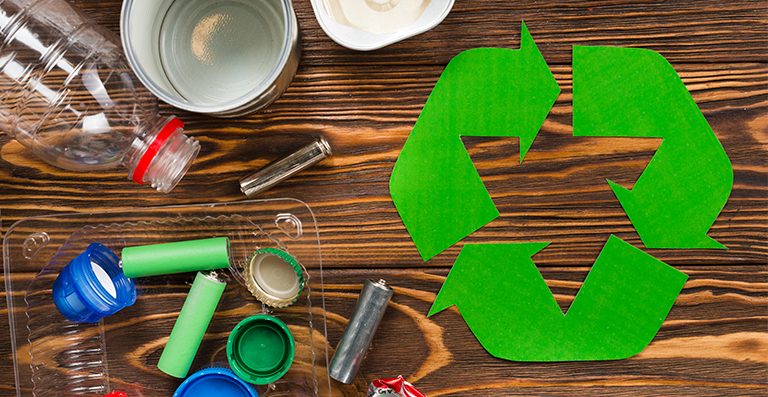A Quick Overview of Plastic Recycling & its Processes
One of the most inexpensive, lightweight and durable materials on our planet, plastics are used in a plethora of applications. They play an incredible role in making our day to day lives convenient. Over 100 million tons of plastic are manufactured across the globe, every year. They are foamed, laminated, thermoformed and extruded into countless packages and products. However, along with the incredible benefits plastic offers, there arises the importance of responsibly recovering and recycling them. Let us proceed by understanding plastic recycling.
What is Plastic Recycling?
It is the process of recovery of plastic waste and reprocessing them to create products that are functional and useful. The goal of plastic recycling is to eliminate plastic pollution by taking out plastics from the ocean and landfills as well as conserve resources in the process. What’s mind-blowing is that recycling plastic requires 88% less energy than manufacturing plastics. Furthermore, recycling a single plastic bottle can provide a 100W bulb, enough power to last for an hour.
Types of Plastic that are Recyclable
Polystyrene – These plastics can include containers, plastic cutlery, and foam hot drink cups.
Polypropylene – They are usually food containers, lunch boxes, take-out food containers, ice cream containers.
Low-density polyethylene – They can include garbage bins and bags.
Polyvinyl chloride (PVC) – Their applications can be found in pipes, cables, blood bags, and tubing.
High-density polyethylene (HDPE) – Almost every shampoo container and milk bottle are made of HDPE.
Polyethylene terephthalate (PET) – Applications of PET can be commonly found in water bottles and soft-drink bottles.

The Plastic Recycling Process
There are multiple plastic recycling processes and each one is based on the type of plastic or the type of plastic product. However, the simplest plastic recycling processes include the following:
● Collecting
The first step involves collecting plastic waste from communities.
● Sorting
Plastic waste is then sorted by their respective types and if they are recyclable or not.
● Shredding
Involves shredding of the waste into flakes.
● Washing
After shredding, the plastic flakes are soaked in hot water to eradicate contaminants.
● Melting
Involves heating the plastic to a melting point so that it can be processed into granules.
● Pelletizing
Involves the molding of plastic to form the desired product.

For effective plastic management, recycling is crucial. Increasing plastic recycling rates have not only boosted the effectiveness of recycling operations but have also managed to create public awareness. What’s more, recycling post-consumer plastic products and packaging are bound to boost recycling and help immensely in reducing plastic pollution.
If you are in the plastic recycling business, then Plastivision India 2020 is a great platform for you to showcase your product range and network with industry professionals. Book your booth today!
Leave a Reply Cancel reply
Recent Posts
- Understanding The Materials That Are Used To Build Plastic Toys
- All You Need To Know About Food-grade Plastics
- A Glance At The Materials That Boost The Performance Of Plastics
- Understanding The Importance Of Exploring New Business Opportunities In The Plastic Industry
- Understanding The Importance Of Investing in R&D For The Plastic Industry
Categories
- 3D Printing
- AIPMA
- Automation
- Automobile Sector
- Bio Plastics
- Environment
- Innovations In Recycling
- Latest Innovations
- Molds & Dies
- News
- Packaging Industry
- Plastic
- Plastic Application
- Plastic Industry
- Plastic Market
- Plastic Myths
- Plastic News From The World
- Plastic Packaging
- Plastic Products
- Plastic Recycling
- Plastic Solar Cells
- Plastic Toys
- Plastic Waste
- Plastic World
- Plastics
- Plastics And Their Applications
- Plastics In Agriculture
- Plastics In Healthcare
- Plastics In Medical Industry
- Plasticulture
- Processing Machinery
- Recycling Machines
- Robotics
- Uncategorized
- Virtual Reality
Archives
- November 2023 (3)
- October 2023 (2)
- September 2023 (3)
- August 2023 (3)
- July 2023 (3)
- June 2023 (3)
- May 2023 (2)
- April 2023 (2)
- March 2023 (2)
- February 2023 (2)
- January 2023 (2)
- December 2022 (3)
- November 2022 (1)
- October 2022 (1)
- September 2022 (2)
- August 2022 (1)
- July 2022 (3)
- May 2022 (3)
- March 2022 (2)
- February 2022 (1)
- January 2022 (1)
- September 2021 (2)
- August 2021 (3)
- July 2021 (4)
- June 2021 (4)
- May 2021 (3)
- April 2021 (2)
- March 2021 (4)
- November 2019 (8)
- October 2019 (8)
- September 2019 (8)
- August 2019 (8)
- July 2019 (8)
- June 2019 (8)
- May 2019 (8)
- April 2019 (8)
- March 2019 (8)
- February 2019 (11)
- January 2019 (8)
- December 2018 (8)
- November 2018 (12)
- October 2018 (12)

